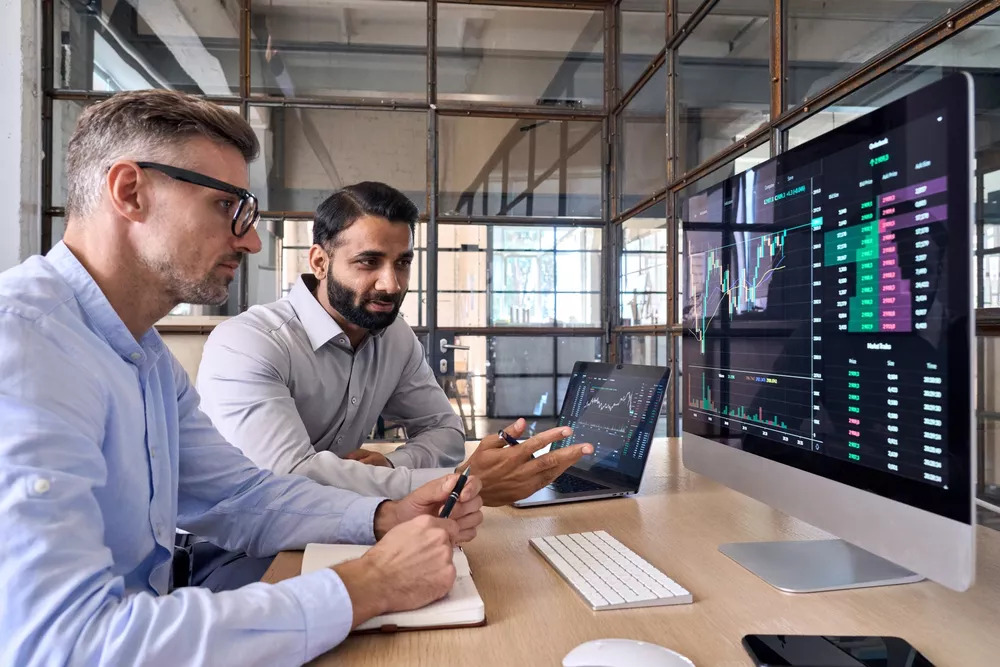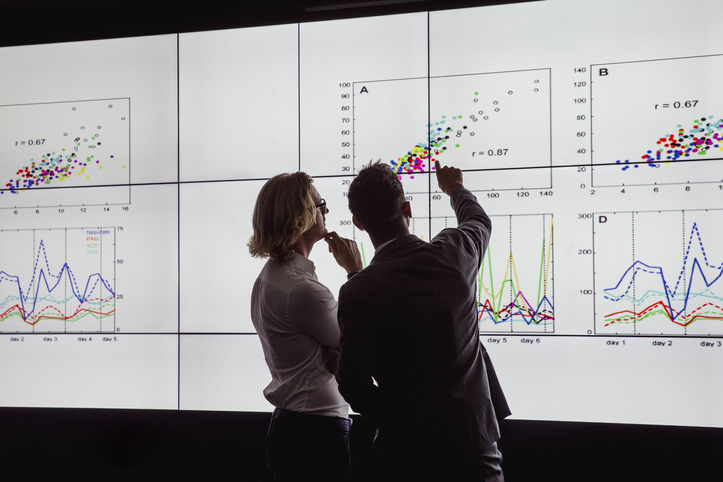Kroger -
Store Occupancy Monitoring
Kroger is a leading American supermarket chain offering a variety of groceries and household products.
Service: Technology Advisory Services, Web Development, Software & Data Engineering
Industry: Retail, Grocery
Tech Stack: Java, Spring Boot
Profile & Challenge
During the COVID-19 pandemic, Kroger faced the challenge of keeping their brick-and-mortar stores open while ensuring the safety of employees and customers. They needed a cost-effective way to monitor store occupancy, especially in a setup where connectivity to a central server might be unavailable.
SOLUTION & OUTCOME
GAP leveraged Kroger’s existing QueVision system, which forecasts the need to open additional checkout lanes, to develop an in-store web application that estimated store occupancy. This solution allowed stores to operate independently of connectivity concerns and aligned with local occupancy guidelines. It played a crucial role in keeping all stores open safely, satisfying health inspectors, and minimizing additional labor for occupancy compliance.
ADDITIONAL PROJECTS
RELATED ARTICLES

June 26, 2023
The Rise of AI Tools: How They Can Streamline Your Business and Free Up Time for More Complex Tasks
Javier Cravioto, Delivery Director at Growth Acceleration Partners, charts the evolution of human progress with a focus on AI tools. From agriculture to the digital age, he examines how these technologies are transforming efficiency and creativity. As we delve into the era of AI tools, discover their profound impact on
Read More
June 19, 2023
What Some Data Analytics Consultants Don’t Want You to Know
Data analytics consultants are filling the knowledge and skill gaps created by a tight labor market and the growing need for digitalization. Enterprise-level efficiency is now dependent on leveraging existing datasets to optimize operations. But companies don’t always have the internal capacity to manage still-developing and amorphous issues posed by data
Read More
